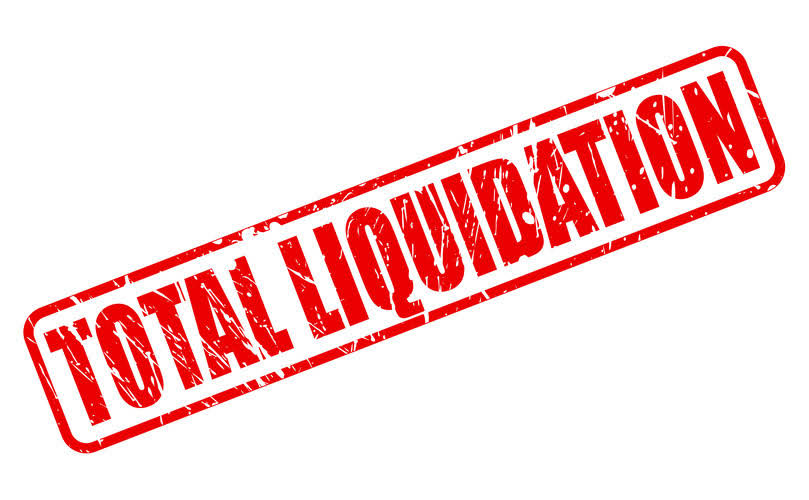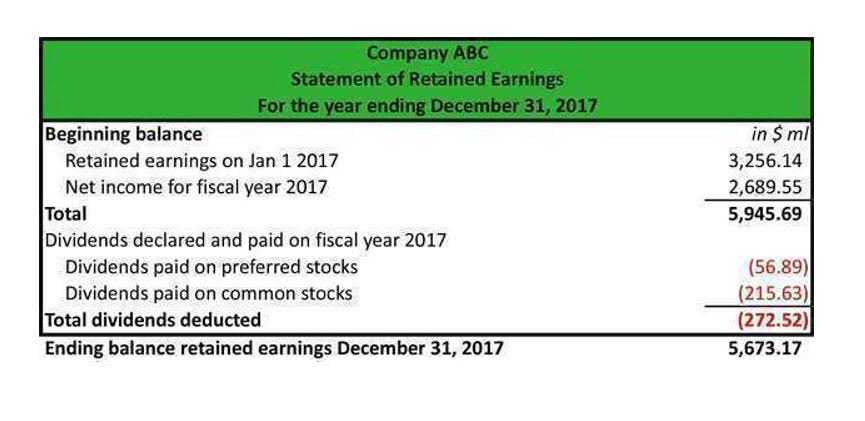
This order of liquidity provides a clearer picture of the company’s financial situation, showing how well it can meet its short-term obligations and how effectively it can convert its assets into cash. Next, the money owed by the business in the normal course of sales, which is accepted by the general credit terms of the company, is generally known as accounts receivables. These receivables generally have a 30 – 60 days credit period to liquidate themselves. Next, inventory is the stock lying with the company and can be converted into cash from one month to the time of sales. Sometimes inventory can be sold quickly, so its position may vary from organization to organization.

Arrangement of Liabilities
Deferred tax assets arise from temporary differences between accounting and taxable income, and their liquidity may vary based on tax regulations and future profitability expectations. Accounts receivable represent amounts owed to a company for goods or services provided, and while they are assets, their liquidity can vary based on payment terms and customer creditworthiness. List assets in order of liquidity, or how quickly you can convert the item into cash. The order of liquidity is important for businesses because it provides a framework for making investment decisions. The most common liquidity ratios are the current ratio and the quick ratio. A company’s order order of liquidity of liquidity is an important factor to consider when assessing its financial health.
What is the Importance of Understanding Order of Liquidity in Financial Analysis?

Adequate liquidity ensures that institutions can honor deposit withdrawals, fulfill payment obligations, and navigate fluctuations in funding conditions. Central banks and regulatory authorities closely monitor liquidity conditions to safeguard the stability of the financial system and prevent disruptions that could have systemic implications. Liquidity is a company’s ability to convert its assets to cash in order to pay its liabilities when they are due. Creditors are typically more willing to lend money to companies that have more liquid assets because they are less risky. This includes items such as cash, balance sheet, accounts receivable, and inventory. The order of liquidity is important because it gives investors an idea of how easy it will be for a company to have cash generation capability in order to meet its financial obligations through financial reports.
- On the other hand, marketable securities, while still relatively liquid, may take some time to convert into cash depending on market conditions.
- Even if a company is raking in the millions and has many assets to its name, it will still struggle in the absence of liquidity.
- Assets with high liquidity can be easily traded, while those with low liquidity may encounter challenges in finding buyers or sellers at a desired price.
- High liquidity is synonymous with a liquid market, where assets can be swiftly bought or sold without causing substantial price movements.
- Understanding and managing liquidity risks is essential for optimizing financial performance and mitigating unexpected market fluctuations.
- It is the first document seen by the lenders/investors and other stakeholders to understand the company’s position.
What does order of liquidity mean in finance?
By prioritizing quick conversion of receivables into cash, businesses can enhance their financial stability and agility in the face of changing market conditions. Considering liquidity considerations related to accounts receivable is crucial for managing cash flow effectively. The time taken for accounts receivable to be converted into cash impacts the overall liquidity of a company. Inventory and accounts receivable take time to monetize, so they are less liquid. There are several key ratios analysts use to analyze liquidity, often called solvency ratios. With the current ratio, current assets are used to assess a company’s ability to cover its current liabilities with all of its current assets and to survive unplanned and special circumstances, like a pandemic.

In this example, you can see that the assets and liabilities are listed in the order of their liquidity. The most liquid assets (cash) are listed first, and the least liquid (intangible assets) are listed last. Similarly, for liabilities, those that are due soonest (accounts payable) are listed first, and those that are due in the longer term (deferred revenue) are listed last.
A. Current Assets
Maintaining a healthy liquidity position is essential for financial stability, as it can protect against disruptions in cash flow, market downturns, and sudden changes in funding availability. These expenses are recorded as assets on the balance sheet until the related goods or services are delivered, at which point they are recognized as expenses. As current assets, prepaid expenses are typically converted into cash within a year, making them crucial for maintaining liquidity.

Financial Literacy Matters: Here’s How to Boost Yours
Liquid assets are also assets that can be quickly converted into cash, but without losing significant value in the process. Having a variety of assets with different levels of liquidity can determine how quickly a company can access funds in times of need. For instance, assets like cash and trial balance short-term investments are highly liquid and easily convertible to cash, providing a strong buffer against unexpected financial requirements.
Investments
Real estate liquidity can vary depending on the property and market, but it’s not a liquid market, like stocks. Outsource Invoicing As such, the property owner may need to accept a lower price in order to sell the property quickly. A quick sale can have some negative effects on the market liquidity overall and will not always generate the full market value expected. Even the value of a firm, the financial health of a firm is determined by a company’s current assets.

 +1-888-843-5849
+1-888-843-5849

